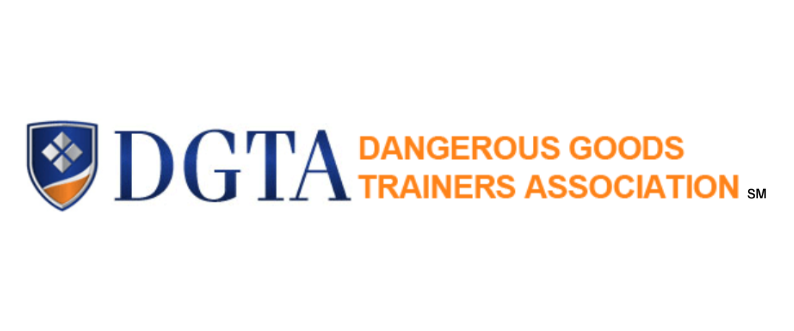This page will contain CBTA resources and articles. Click on one of the links at left for more information.
The whole topic of so-called “Competency-Based Training and Assessment” is in some ways massively overblown, especially if you are used to operating in the United States which has had this type of training since about 1992. It’s always been the employer’s responsibility to train the employees and ensure they were competent for a given DG job function before using them in that function.
So, unlike IATA, for example, that has for decades used job Categories as the basis for training (Category 1, 2, 3, 4, 5, 6 etc.) the US Dept of Transportation has said look — everyone has to do general awareness, safety, security training and in addition, each employee must get “function-specific” training (same idea as competency-based training) in their given competency.
So, if you were involved in, say, loading a vehicle, you had to know certain function-specific competency-elements such as handling and cargo segregation. And you had to DEMONSTRATE competency through a competency-assessment of some sort. Since 1992 in the US you’ve never had to pass only a written test — the employer could use whatever tool they wished such as a competency-assessment by means of an interview or even a skills demonstration — it didn’t matter. As long as the employer certified that the employee was now fully competent to perform their job function. In the US there was never any requirement for even a passing score on an exam. Why? Think about it — let’s say you adopted a standard framework used by some for an “80 percent passing score.”
Think about that — this would mean that it was acceptable to be wrong 20 percent of the time?
For shippers, forwarders and carriers in the US, CBTA offers some useful tools if you want to study the ICAO framework, but it’s not all that new to many.
One final point — there is and never has been one-size-fits-all when it comes to employer-based training. One company may be exquisitely automated, taking the guesswork out of 95% of all the DG functions and employee might have to master. While another, perhaps smaller company, is on a completely manual system requiring each employee to have a high degree of training to make up for that lack of process automation.
To say that “you must have x number of hours of training” is nonsense if you don’t take automation into account. If you want to see a quick 2-minute video on automation — click here.
Finally, here’s a very useful summary of CBTA:
Competency-based training and assessment is a method of education and evaluation that focuses on the knowledge, skills, and abilities (also known as competencies) that an individual needs to perform a specific job or task. In this approach, the emphasis is placed on the learner’s ability to demonstrate that they have acquired the necessary competencies, rather than on the amount of time they have spent in a training program or the grades they have received.
In a competency-based training program, learners progress through the material at their own pace, and they are assessed on their ability to demonstrate the required competencies through practical tasks, projects, and assessments. This approach is often used in professional development and vocational training, where the goal is to prepare individuals for specific roles and responsibilities in the workforce.
Competency-based assessment typically involves the use of objective measures, such as tests and observations, to determine whether an individual has the required competencies for a specific role. This approach can be beneficial because it allows learners to demonstrate their knowledge and skills in a way that is directly relevant to their work and can be objectively evaluated. It also allows for flexibility in the way that learning takes place, as learners can progress through the material at their own pace and focus on areas where they need additional support.

